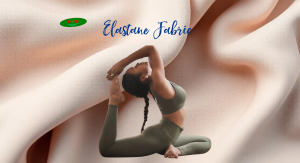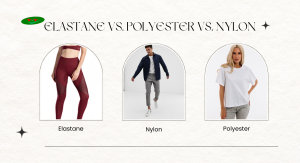Covered spandex yarn is an innovative textile material that has gained immense popularity in the fashion and apparel industry due to its elasticity, comfort, and durability. This article will explore the intricacies of covered spandex yarn, including its definition, properties, applications, manufacturing process, market trends, and future outlook.
Understanding Covered Spandex Yarn
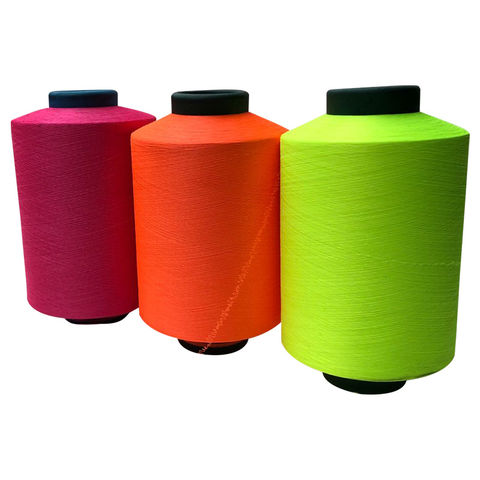
Covered spandex yarn is a specialized type of yarn that combines spandex (also known as elastane) with another fiber, typically polyester or nylon. The spandex component provides excellent stretch and recovery properties, while the covering fiber adds strength, durability, and aesthetic appeal. As a result, this combination allows for the creation of fabrics that possess both form-fitting characteristics and resistance to wear and tear.
The unique properties of covered spandex yarn make it suitable for various applications, particularly in activewear, swimwear, and undergarments where comfort and flexibility are paramount. As consumers increasingly seek clothing that can withstand the rigors of daily life while providing comfort, the popularity of covered spandex yarn continues to rise within the textile industry.
Definition and Composition of Covered Spandex Yarn
At its core, covered spandex yarn consists of a base of spandex fiber wrapped or “covered” with another fiber, such as polyester, nylon, or cotton. The spandex core is typically produced using a continuous filament process, resulting in a highly elastic yarn that can stretch significantly without losing its original shape.
The covering fiber plays a crucial role in determining the overall appearance and feel of the yarn. For instance, polyester offers a smooth texture and high tensile strength, making it ideal for creating durable fabrics. In contrast, natural fibers like cotton may provide a softer touch but will not yield the same level of elasticity.
Covered spandex yarn is often characterized by its ability to maintain shape and size even after multiple washes, making it an excellent choice for garments that undergo frequent laundering.
Properties and Characteristics of Covered Spandex Yarn
One of the standout features of covered spandex yarn is its exceptional stretchability. Unlike traditional fibers, which can become distorted over time, covered spandex yarn returns to its original shape after being stretched. This property makes it particularly valuable in applications where movement and flexibility are necessary, such as in athleisure wear.
In addition to its stretch capabilities, covered spandex yarn also boasts excellent recovery properties. When released from tension, the yarn returns to its original length quickly, preventing sagging or bagging in garments. This feature is fundamental in maintaining the fit and silhouette of clothing items.
The durability of covered spandex yarn is another significant advantage, especially when paired with robust covering fibers such as polyester. Fabrics made from this combination exhibit superior abrasion resistance, ensuring longevity even with regular use. Additionally, covered spandex yarn tends to resist fading, shrinking, and wrinkling, further enhancing the lifespan of garments crafted from it.
Applications and Uses in the Textile Industry
The versatility of covered spandex yarn has led to its widespread adoption across various branches of the textile industry. One of the most notable applications is in the production of activewear, where the need for flexibility and comfort is paramount. Yoga pants, leggings, and sports bras heavily utilize covered spandex yarn to provide a snug yet comfortable fit that allows for unrestricted movement.
Another significant application is in swimwear, where covered spandex yarn contributes to the creation of swimsuits that offer both style and functionality. The yarn’s resilience to chlorine and saltwater ensures that swimwear retains its color and shape, providing long-lasting wear for aquatic activities.
The lingerie sector also benefits from the properties of covered spandex yarn. Underwear and shapewear made with this material provide a combination of support and stretch, ensuring comfort throughout the day. Furthermore, manufacturers are increasingly exploring uses in home textiles, such as fitted sheets and mattress covers, capitalizing on the yarn’s stretch and durability.
Exploring Spandex Covered Yarn HS Code
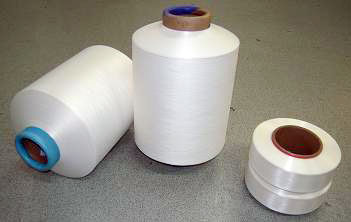
Understanding the trade and classification of materials is essential for businesses operating within the textile industry. Harmonized System codes play a pivotal role in this context. They allow countries to classify products consistently, assisting in international trade, tariff assessments, and statistical purposes.
Explanation of HS Codes and Their Importance
HS codes are numerical codes assigned to specific products which categorize them based on their composition and function. These codes facilitate the tracking and regulation of goods traded globally, helping customs authorities determine applicable tariffs and regulations.
For companies engaged in importing or exporting spandex covered yarn, understanding the correct HS code is crucial for compliance with international trade laws. Incorrect classification can lead to delays, penalties, or additional costs, ultimately affecting profit margins.
The importance of HS codes extends beyond compliance; they also provide insights into global market trends, allowing businesses to identify opportunities for growth and expansion. By analyzing import and export statistics tied to specific HS codes, companies can make informed decisions regarding product development and market positioning.
Specific HS Code for Spandex Covered Yarn
While there may be variations based on local regulations, the HS code for covered spandex yarn generally falls under Chapter 55 of the Harmonized System, which pertains to man-made fibers. Specifically, spandex-covered yarn can typically be classified under the subheading for synthetic filaments.
It’s important to consult local customs regulations to verify the applicable HS code for your specific products. Some regions may employ more granular classifications, necessitating careful attention to detail when categorizing goods. It is advisable for businesses to work closely with a customs broker or trade compliance expert to ensure accurate classification.
How to Determine the Correct HS Code for Your Products
Determining the correct HS code for your product involves several steps. First, familiarize yourself with the general structure of the Harmonized System to understand how products are categorized. This includes knowledge of the chapters, headings, and subheadings relevant to your products.
Next, consider factors such as the composition, intended use, and manufacturing processes involved with your product. For covered spandex yarn, emphasize the combination of fibers employed, noting whether it is combined with polyester or other materials.
Consulting official resources such as government trade agencies or online HS code databases can provide clarity on classification. Additionally, engaging with trade specialists can help navigate any complexities associated with product classification, ensuring compliance and minimizing risks related to incorrect coding.
Polyester Covered Spandex Yarn: A Detailed Overview
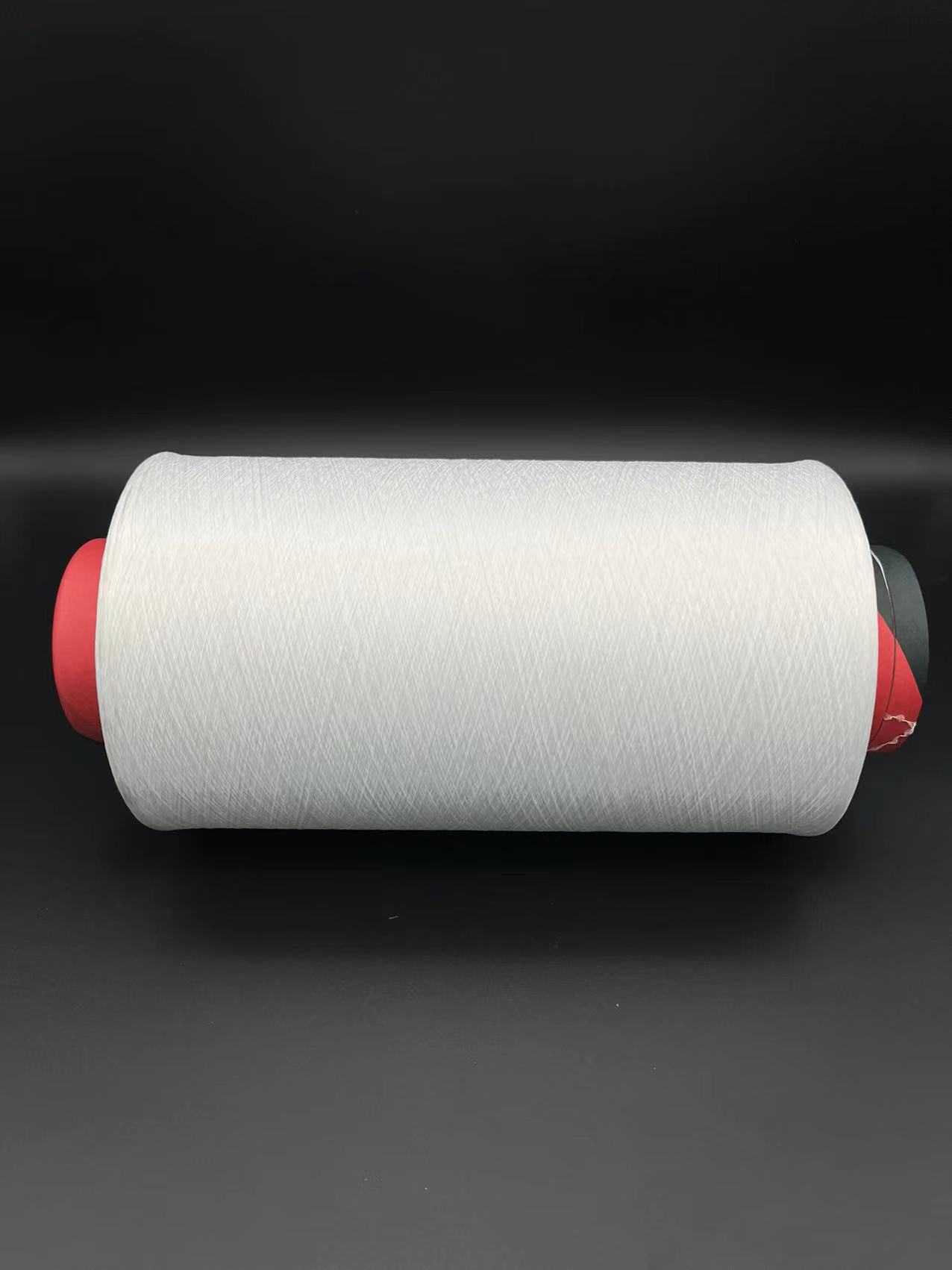
Polyester covered spandex yarn represents a specific category within the realm of covered spandex yarns. Combining the elasticity of spandex with the strength and durability of polyester creates a versatile product that caters to diverse textile applications.
Definition and Composition of Polyester Covered Spandex Yarn
Polyester covered spandex yarn is created by wrapping spandex fibers with polyester fibers. This process results in a yarn that maintains the desirable stretch characteristics of spandex while benefiting from the resilience and resistance properties inherent in polyester.
The combination of these two fibers yields a fabric that can withstand rigorous conditions without sacrificing comfort. The elongated nature of polyester fibers contributes to increased tensile strength, enabling garments to endure everyday wear while retaining their shape and fit.
Importantly, the incorporation of polyester in covered spandex yarn enhances the moisture-wicking capabilities of the resulting fabric. This characteristic is particularly beneficial for activewear, where perspiration management is crucial to maintaining comfort during physical activities.
Advantages of Using Polyester Over Other Fibers
Choosing polyester as the covering fiber in spandex yarn offers numerous advantages compared to other options, such as cotton or nylon. One major benefit is its resistance to UV rays, which helps prevent color fading and deterioration over time. This quality is invaluable for outdoor apparel and swimwear, where exposure to sunlight is inevitable.
Additionally, polyester is inherently quick-drying, making it an excellent choice for activewear and swimwear. Its ability to wick moisture away from the skin reduces discomfort during exercise and enhances performance.
Cost-effectiveness is another key advantage of polyester. Compared to higher-end fibers such as silk or merino wool, polyester is relatively affordable, allowing manufacturers to produce high-quality garments at accessible price points. This affordability has contributed to the widespread adoption of polyester covered spandex yarn in various markets.
Common Applications of Polyester Covered Spandex Yarn
Given its advantageous properties, polyester covered spandex yarn finds applications across various sectors of the textile industry. Activewear remains one of the most prominent categories utilizing this yarn, with products like athletic leggings, sports bras, and compression garments benefiting from the combination of stretch, durability, and moisture management.
Swimwear is another significant area of application. Suits made from polyester covered spandex yarn provide the necessary fit and elasticity for swimming while resisting damage from chlorine and saltwater exposure. The colors and patterns remain vibrant thanks to polyester’s resistance to UV degradation.
Furthermore, the lingerie industry has embraced polyester covered spandex yarn for its ability to create comfortable and supportive undergarments. Shapewear, bras, and panties leverage the stretchiness and resilience of this yarn to deliver a flattering fit without sacrificing comfort.
As consumer preferences continue to evolve, the demand for polyester covered spandex yarn is expected to grow, further solidifying its place in the textile landscape.
Manufacturing Process of Covered Spandex Yarn
The manufacturing of covered spandex yarn involves several intricate steps, requiring careful attention to detail to ensure high-quality output. Each stage of production contributes to the final characteristics of the yarn, impacting its performance and suitability for various applications.
Raw Materials Required for Production
The first step in the manufacturing process is sourcing the appropriate raw materials. High-quality spandex fibers are selected based on their elasticity and durability. Likewise, the covering fibers—commonly polyester or nylon—are chosen based on desired attributes such as texture, strength, and compatibility with spandex.
The selection of raw materials is imperative, as the quality of the fibers directly influences the performance and longevity of the finished yarn. Manufacturers often conduct tests to assess the properties of raw materials before proceeding with production.
Step-by-Step Process of Producing Covered Spandex Yarn
Once the raw materials are secured, the production of covered spandex yarn typically follows several steps:
- Yarn Preparation: The spandex fibers are prepared for the covering process. This preparation may involve stretching the fibers to align the molecular structure, enhancing elasticity and recovery.
- Covering Process: The prepared spandex fibers are then wrapped with the chosen covering fiber, usually using a method called “double covering.” This process involves spinning polyester or nylon fibers around the spandex core, ensuring a secure bond between the fibers.
- Twisting and Twining: After covering, the yarn is twisted to enhance its strength and stability. This twisting creates a spiral effect that contributes to the yarn’s overall durability.
- Finishing Treatments: Once the yarn is formed, finishing treatments may be applied to improve certain characteristics, such as dyeability, softness, or water resistance. These treatments further elevate the performance attributes of the covered spandex yarn.
- Quality Control: Throughout the manufacturing process, rigorous quality control measures are established to monitor the consistency and integrity of the finished yarn. Tests may include checking for tensile strength, elasticity, and colorfastness to ensure that the yarn meets industry standards.
Quality Control Measures During Production
Quality control is a critical aspect of the covered spandex yarn manufacturing process. To maintain consistent output, manufacturers implement various testing protocols at different stages of production.
For instance, during the yarn preparation phase, tests are conducted to evaluate the elongation and recovery properties of the spandex fibers. Ensuring that the core fibers meet specification requirements is vital to achieving optimal performance in the final product.
Following the covering and twisting processes, the yarn undergoes further assessments to gauge strength and durability. Testing for abrasion resistance is common, as it determines how well the yarn can withstand wear over time. Similarly, colorfastness tests ascertain that the yarn retains its color even after repeated washing and exposure to environmental factors.
These quality control measures not only ensure that the finished yarn aligns with customer expectations but also bolster the manufacturer’s reputation within the industry.
Market Trends and Future Outlook for Covered Spandex Yarn
The market for covered spandex yarn is dynamic, shaped by changing consumer preferences and evolving industry demands. As sustainability and innovation take center stage, understanding current market trends and future projections becomes imperative for manufacturers and retailers alike.
Current Market Demand and Growth Drivers
The demand for covered spandex yarn has seen substantial growth in recent years, primarily driven by the increasing popularity of athleisure and activewear. Consumers are prioritizing comfort and versatility in their clothing choices, leading to a surge in demand for garments featuring stretchy, form-fitting fabrics.
Moreover, the influence of fitness culture and wellness trends has contributed to the rise of performance-driven apparel. As individuals invest more in activities such as yoga, running, and gym workouts, the need for durable and flexible fabrics becomes essential. This trend directly fuels the consumption of covered spandex yarn across various segments, including sportswear, swimwear, and intimates.
Challenges Facing the Covered Spandex Yarn Market
Despite the positive growth trajectory, the covered spandex yarn market faces several challenges. One of the primary concerns is the environmental impact associated with the production of synthetic fibers. As awareness of sustainability issues rises, consumers are increasingly seeking eco-friendly alternatives that minimize harm to the planet.
Manufacturers are therefore compelled to explore sustainable sourcing of raw materials, energy-efficient production processes, and recycling initiatives. Implementing these changes can present logistical and financial hurdles, particularly for smaller companies with limited resources.
Additionally, competition within the textile industry poses challenges for market players. As new technologies emerge and alternative fibers gain traction, traditional covered spandex yarn producers must adapt to stay relevant. Continuous innovation is crucial to meeting evolving consumer needs and preferences.
Innovations and Future Developments in Spandex Yarn Technology
Looking ahead, the future of covered spandex yarn is likely to be shaped by technological advancements and innovative practices. Research and development efforts focused on sustainability will drive the introduction of bio-based and recycled fibers into the market. These innovations aim to mitigate the environmental impact of textile production while maintaining performance characteristics.
Moreover, smart textiles are gaining prominence, integrating technology into fabrics for enhanced functionality. These developments may pave the way for covered spandex yarn that can monitor body temperature, track physical activity, or provide therapeutic benefits.
Collaborative efforts between manufacturers, research institutions, and technology companies will play a pivotal role in driving these innovations forward. Embracing change and staying attuned to market trends will be essential for stakeholders looking to thrive in the evolving landscape of covered spandex yarn.
Conclusion
In conclusion, covered spandex yarn is a remarkable textile material that has transformed the landscape of the fashion and apparel industry. Its unique combination of stretchability, durability, and versatility has made it an indispensable choice for various applications, including activewear, swimwear, and intimates.
As the demand for comfort-driven clothing continues to rise, understanding the nuances of covered spandex yarn—from its composition and manufacturing process to market trends and challenges—becomes essential for industry stakeholders. The ongoing exploration of innovative solutions and sustainable practices will leave a lasting impact on the future of covered spandex yarn, ensuring that it remains a staple of modern textiles.
Through collaboration, technological advancements, and a focus on consumer preferences, the covered spandex yarn industry stands ready to embrace new opportunities and face the challenges of tomorrow head-on.
Address: Thanh Hoa Hamlet, Thanh Dien Commune, Chau Thanh District, Tay Ninh Province, Vietnam
Mobile/whatsap: (+84) 984.841.239
Mail: sale@tanithread.com
Website:https://tanithread.com/


